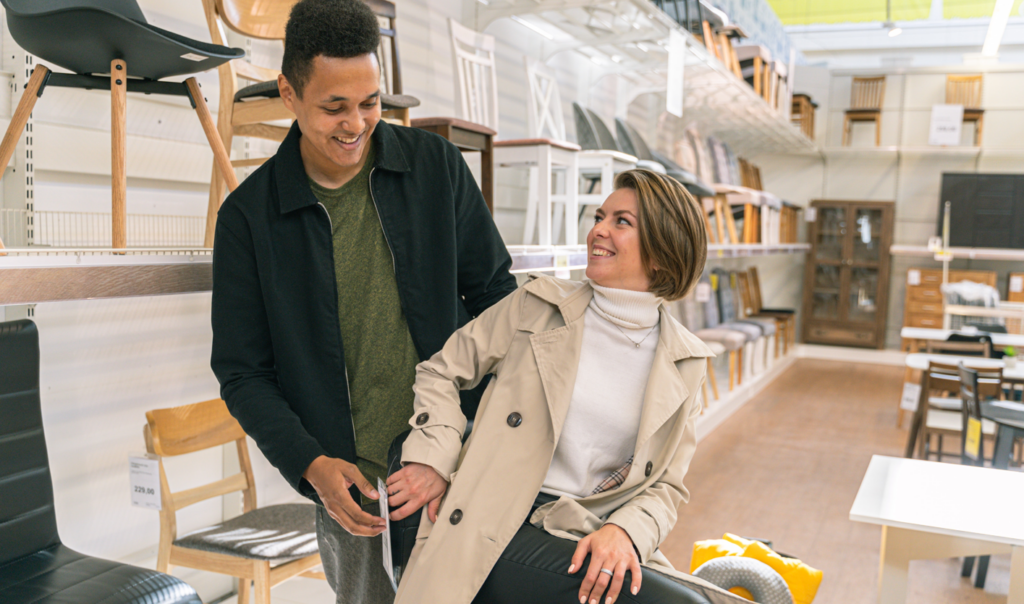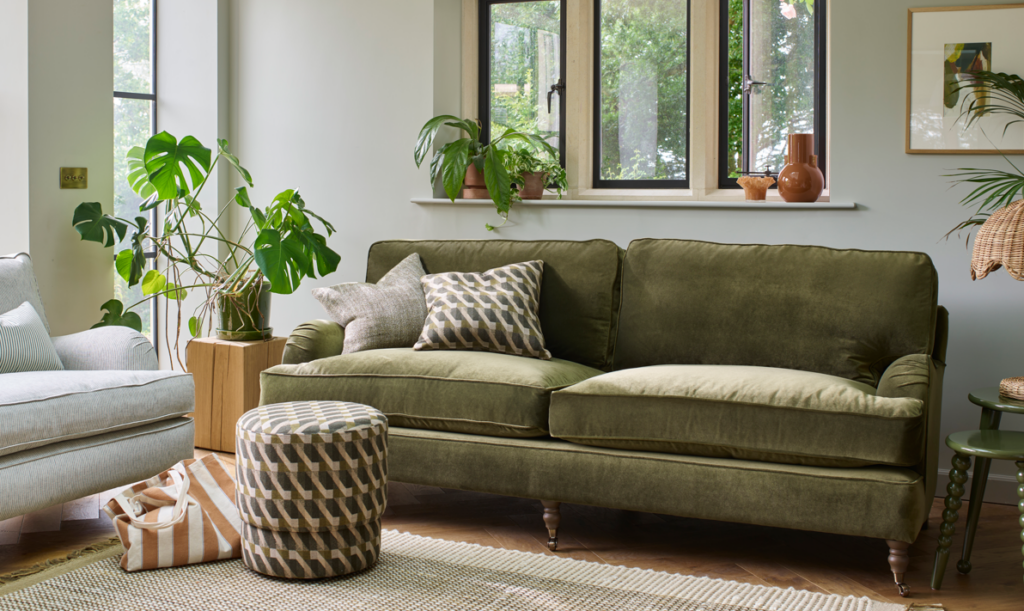Adam Hankinson, Managing Director at Furniture Sales Solutions, talks about mastering the approach for better sales.

Beyond Faster Horses
In the world of furniture retail, not many questions are quite as polarising as if, when and how we should approach customers. This debate mirrors an age-old quandary faced by businesses, famously summarised by Henry Ford; “If I had asked people what they wanted, they would have said faster horses.” Striking the right balance between proactive assistance and customer autonomy is the key to successful furniture sales.
A Shift in Perspective
A few years ago, a major car manufacturer made waves by adopting a hands-off approach, allowing customers to explore without salespeople’s interference. Curious about this strategy, I polled furniture retailers, managers, and salespeople. Surprisingly, only 1% favoured a complete hands-off policy. The overwhelming majority, 99%, believed in an approach, and more importantly, the right kind of approach.
These results made us think more about the car manufacturer’s decision. It became apparent that customer feedback had shaped their approach. However, this situation echoed Ford’s sentiment – the customers were likely rallying against the pushy salesperson stereotype and not the genuine, friendly, and knowledgeable salesperson that helps them to find their dream sofa, bed, wardrobe, etc.
A Delicate Balance
Advantages of letting customers browse on their own include giving them autonomy and alleviating pressure. Yet, this approach has downsides. Salespeople don’t have the opportunity to provide valuable, tailored insights and showcase the full product range, guiding the customer towards their ideal product. I would argue that a good salesperson should be able to provide the same supposed benefits of leaving the customer alone, as well as the countless other benefits that come from a thoughtful interaction. They don’t have to be mutually exclusive. The key question here then is not whether or not we should be approaching the customer, but how should be approaching them.
Crafting a Winning Approach
Pre-Approach Techniques: Engage in non-threatening activities near the entrance. Cleaning, arranging, or checking swatches while keeping an eye on customers, rather than waiting at the door ready to pounce. This helps to create a more inviting atmosphere.
First Approach: Warmly greet customers with a genuine smile. Pose open questions like “What brings you in today?” and provide them with some helpful information to help them navigate the store and begin their buying journey. Always leaving yourself an opening to approach them again with “I’ll catch up with you in a couple of minutes…”.
Addressing Objections: If you’re met with “We’re just looking” try using the phrase “Of course…” then let them know that looking around is a perfect place. Then, as above, we can give them some information on the store to help them begin looking and follow-up with something like “What room are you looking for?”. The Closing Starts at the Start: Nail down smaller decisions by confirming them along the way. For example, if the customer decides that they definitely want a leather sofa, this allows us to dismiss any fabric options. Every decision we can nail-down along the buying journey paves the way for an easier final close.
Second Approach: Observe buying signals and make a well-timed second approach. Give your customer a ‘gift’ with phrases like “Just to let you know…”, offering valuable information on their product of interest, followed with a related question. We call this ping-pong and it helps us to uncover more of the customers preferences.
Introducing Easy Payments: Introducing easy payment options early on, if your store offers them, is a great way to expand the range of products that the customer is comfortable browsing for. Otherwise, they genuinely may not realise that these options are available and likely won’t bring it up themselves for fear of seeming miserly. The Power of Silence: A powerful technique during your interaction with your customer is to sit back and shut up. This allows the customer space to fill the silence and often ask questions that are definite buying signals (e.g., What’s the delivery time?), which in our minds we can add “…because I want to buy one” to.
A Lasting Impression
Effective approach strategies revolve around genuine interactions, strategically timed interventions, and attentive listening. By finding the right balance between proactive guidance and customer autonomy, you can help guide your customer towards finding their dream product. Remember, your approach is not just transactional; it’s an art that empowers customers to see beyond their immediate desires. Much like Henry Ford’s innovation, the perfect piece of furniture may not be what they expected, but it’s up to you to unveil the possibilities and guide them toward making the right choice. Mastering a skilled approach is good for you, your customer, and ultimately your business.















